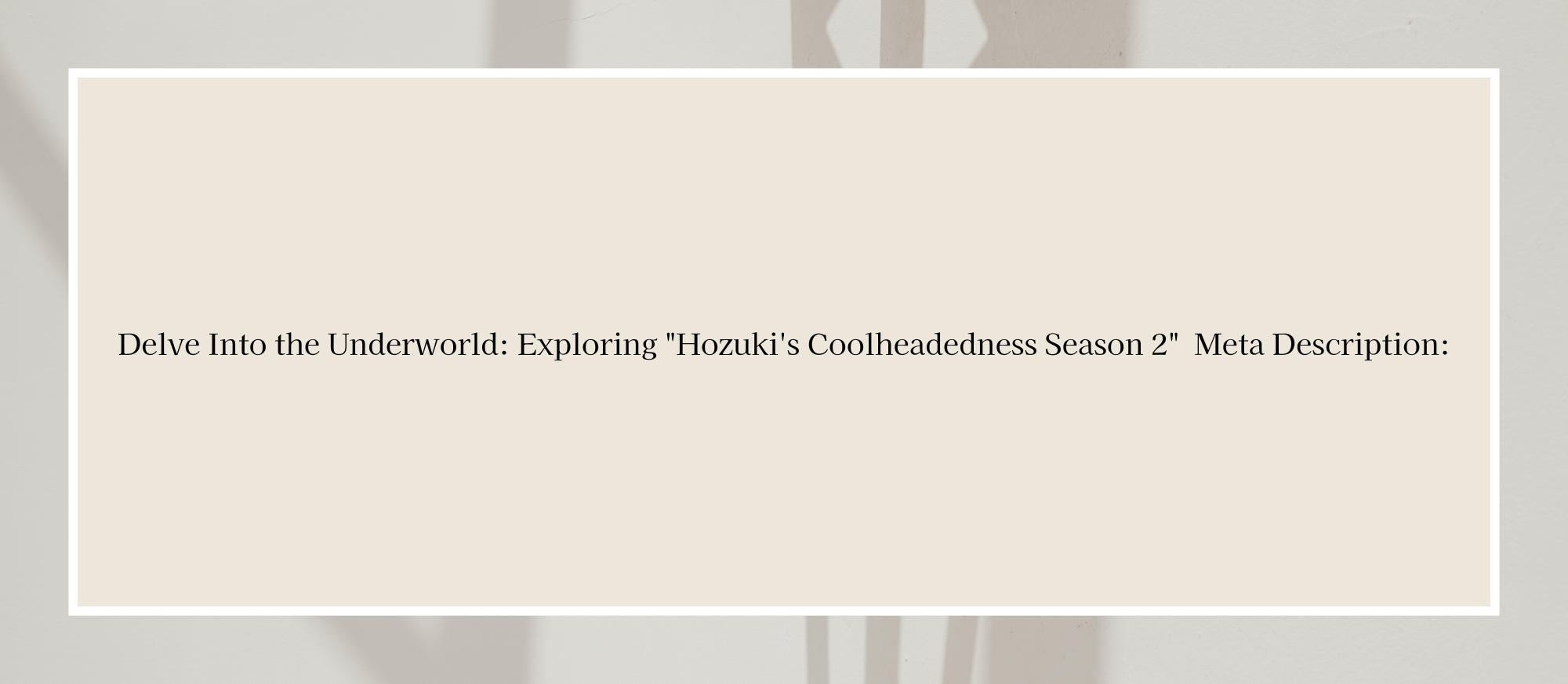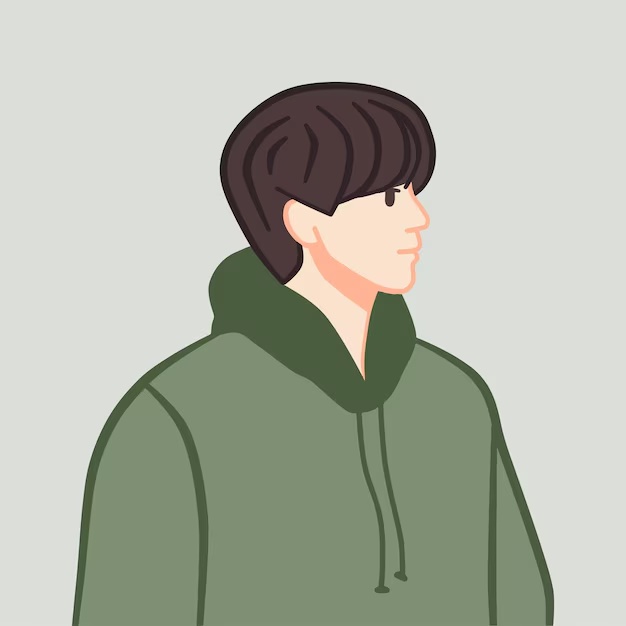Article Structure:
1. Introduction to Hozuki's Coolheadedness Season 2
- Provide an overview of the anime, including its release date and production details.
- Highlight the continuation from the first season, focusing on the series' dark humor and satirical take on Japanese mythology.
- Mention the appeal of the series to fans of both comedy and folklore.
2. Character Development and New Faces
- Discuss the return of familiar characters like Hozuki, and introduce any new characters in Season 2.
- Explore the character dynamics and how their relationships evolve throughout the season.
- Highlight the character arcs that add depth to the story and enhance the comedic elements.
3. Humor and Satire in the Underworld
- Delve into the specific comedic style of the series, focusing on how it uses dark humor to satirize modern life and traditional Japanese culture.
- Discuss how Season 2 maintains and builds upon the humor that made the first season popular.
- Provide examples of standout comedic moments that capture the essence of the series.
4. Visuals and Animation Quality
- Highlight the unique visual style of the anime, including its character designs and vibrant depictions of the underworld.
- Discuss the animation quality and how it contributes to the overall atmosphere of the series.
- Mention any notable improvements or changes in the animation from the first season to the second.
5. Reception and Cultural Impact
- Analyze the reception of "Hozuki's Coolheadedness Season 2" among fans and critics.
- Discuss any awards or recognitions the series has received and how it has influenced the genre of dark comedy in anime.
- Explore the series' cultural impact, particularly its depiction of Japanese mythology and how it resonates with both Japanese and international audiences.
Contents
- 1 Introduction to Hozuki's Coolheadedness Season 2
- 2 Character Development and New Faces in Hozuki's Coolheadedness Season 2
- 3 Humor and Satire in the Underworld: Delving into Hozuki’s Coolheadedness Season 2
- 4 Visuals and Animation Quality in Hozuki's Coolheadedness Season 2
- 5 Reception and Cultural Impact of Hozuki's Coolheadedness Season 2
- 6 Supervisors
Introduction to Hozuki's Coolheadedness Season 2
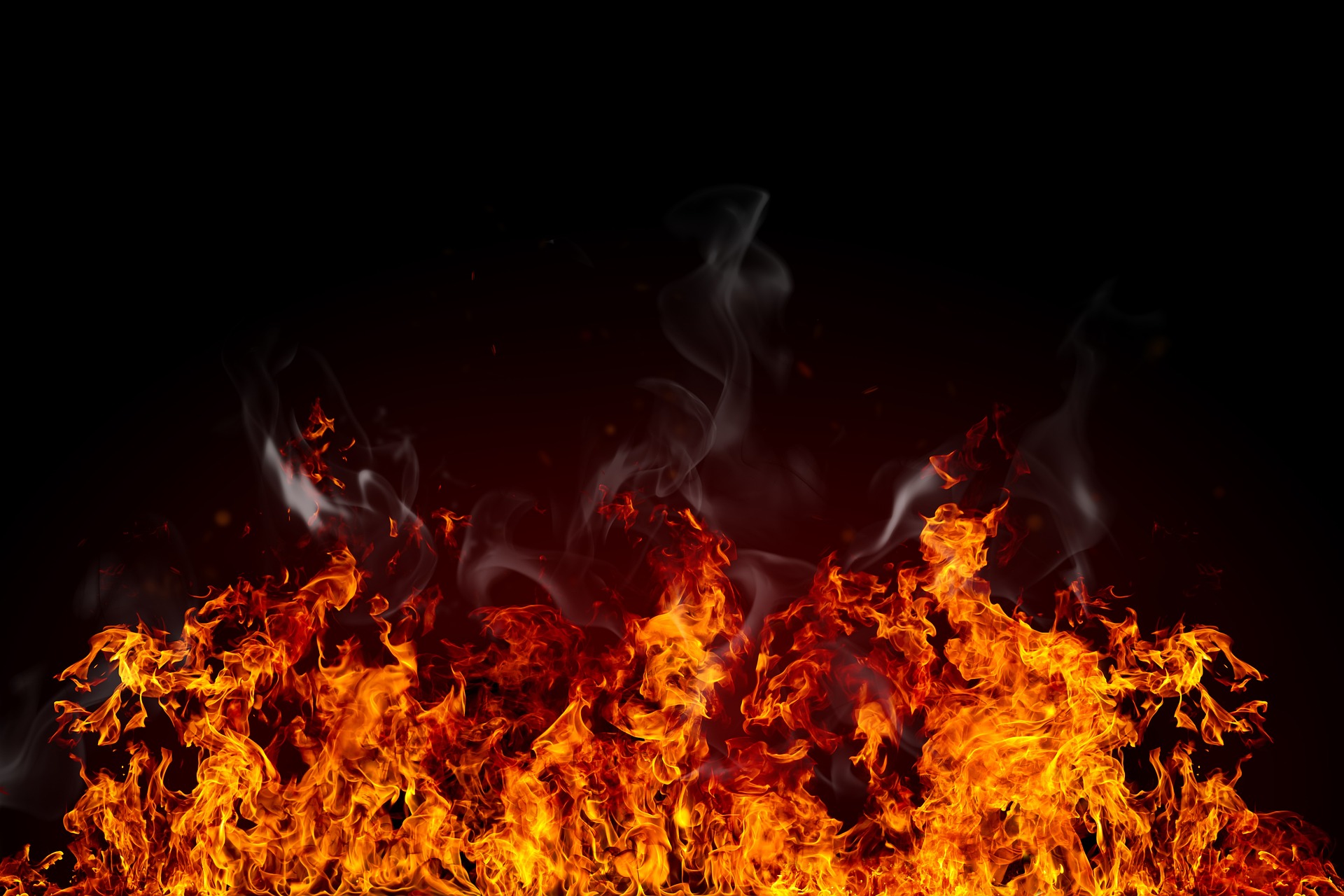
"Hozuki's Coolheadedness Season 2" continues the unique journey through the underworld, bringing back the dark humor and satirical wit that captivated audiences in its first season. Released on October 7, 2017, this anime, produced by Studio DEEN, masterfully blends comedy with elements of Japanese mythology, offering a refreshing and entertaining perspective on the afterlife.
In this season, viewers are reintroduced to the stoic and ever-cool Hozuki, the right-hand demon of King Enma, who manages the daily chaos of the underworld with a level of calm and sarcasm that only he can muster. The series builds on its established reputation for dark humor, taking jabs at modern society and traditional Japanese beliefs in a way that feels both familiar and innovative.
One of the main draws of "Hozuki's Coolheadedness Season 2" is its ability to intertwine humor with folklore. Fans of Japanese mythology will appreciate the clever reinterpretation of well-known gods, spirits, and mythical creatures. The series doesn’t shy away from poking fun at these figures, often placing them in humorous or absurd situations that highlight the absurdities of bureaucracy and power dynamics—whether in the human world or the afterlife.
What sets this season apart is its deeper exploration of the underworld’s bureaucratic system. While the first season introduced viewers to the various departments and quirky inhabitants of the afterlife, Season 2 delves further into the daily operations and the relationships between characters. This allows for a richer narrative that balances character development with the show’s signature humor.
For those who enjoyed the first season, the continuation offers more of what they loved: sharp dialogue, a unique art style that blends traditional Japanese aesthetics with modern animation techniques, and an endless parade of comedic scenarios. New viewers, however, will find Season 2 just as accessible, with enough context provided to understand the world and its characters without feeling lost.
The appeal of "Hozuki's Coolheadedness Season 2" lies not just in its humor but in its ability to make audiences think about life, death, and everything in between—often in the most unexpected ways. By combining elements of folklore with modern satire, the series manages to be both entertaining and thought-provoking, a rare combination in the anime world.
This season is a must-watch for fans of dark comedy, especially those with an interest in Japanese culture and mythology. Its clever writing, coupled with the brilliant characterizations of Hozuki and his underworld associates, ensures that "Hozuki's Coolheadedness Season 2" will keep audiences laughing while also providing a unique commentary on the nature of bureaucracy, power, and human (or demonic) folly.
In conclusion, "Hozuki's Coolheadedness Season 2" successfully builds on the strengths of its predecessor, delivering more of the dark humor and satirical storytelling that fans have come to expect. With its rich blend of comedy and folklore, this season not only continues the story but also deepens it, making it a standout series for those who appreciate a good laugh mixed with a bit of mythological wisdom.
Character Development and New Faces in Hozuki's Coolheadedness Season 2
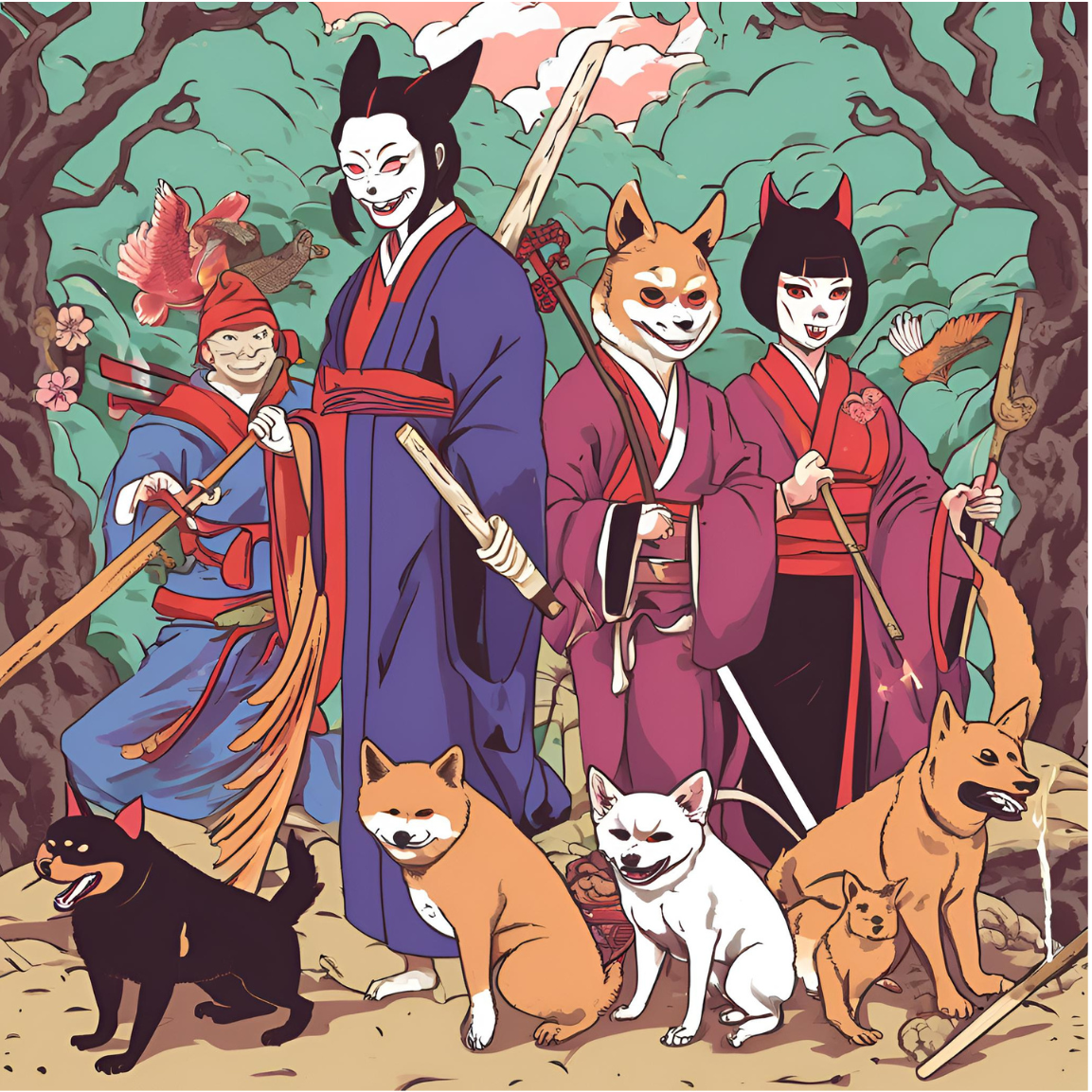
"Hozuki's Coolheadedness Season 2" brings back the fan-favorite characters from the first season, continuing their quirky and darkly humorous adventures in the underworld. At the center of it all is Hozuki, the ever-cool and unflappable right-hand demon of King Enma, whose sardonic wit and calm demeanor remain the backbone of the series. Season 2 not only reintroduces Hozuki’s familiar world but also expands it by adding new faces and deepening the relationships between existing characters.
Hozuki himself continues to be a fascinating character, blending sharp intellect with a dry sense of humor that often borders on the absurd. His interactions with both his subordinates and his superiors provide much of the comedic material, showcasing his ability to manage the underworld's chaotic bureaucracy with ease. Season 2 offers viewers a closer look at Hozuki's backstory and motivations, adding layers to his character that were only hinted at in the first season. This exploration of his past and the occasional cracks in his cool exterior make him even more compelling as a protagonist.
Returning alongside Hozuki are familiar characters like King Enma, the easily flustered ruler of the underworld who relies heavily on Hozuki's guidance, and the cheerful and innocent Shiro, whose antics often serve as a counterbalance to Hozuki’s stern demeanor. Their interactions remain a source of humor, but Season 2 also delves into their relationships, revealing new dimensions to these characters. For example, King Enma's reliance on Hozuki becomes more pronounced, highlighting the trust and respect that underpins their working relationship, despite the frequent misunderstandings.
One of the highlights of Season 2 is the introduction of new characters who bring fresh dynamics to the story. These new faces, each with their own quirks and personalities, challenge the established order in the underworld, leading to both humorous and thought-provoking situations. For instance, the introduction of new demons and spirits adds to the already vibrant cast, creating opportunities for unique character interactions and conflicts. These new characters are not just added for comic relief; they are integral to the plot, helping to drive the narrative forward and offering fresh perspectives on the underworld's workings.
As the season progresses, the evolving dynamics between these characters take center stage. The relationships, whether adversarial, friendly, or somewhere in between, are a key part of what makes "Hozuki's Coolheadedness Season 2" so engaging. The character arcs are carefully crafted, with each individual undergoing subtle yet significant development. Hozuki, for instance, is shown to have a softer side, especially in his interactions with certain characters, which adds depth to his previously stoic personality. Similarly, the new characters go through their own arcs, integrating into the underworld's ecosystem in ways that feel organic and satisfying.
The evolution of these relationships also enhances the comedic elements of the series. The humor in "Hozuki's Coolheadedness" is often character-driven, relying on the unique personalities and interactions of the cast. Season 2 capitalizes on this by deepening the existing relationships and introducing new dynamics that keep the humor fresh and engaging. The result is a series that not only entertains but also offers insight into the complexities of its characters, making the humor more impactful and the story more compelling.
In conclusion, "Hozuki's Coolheadedness Season 2" excels in character development, bringing back familiar faces while introducing new ones that add richness to the story. The evolving relationships and character arcs not only enhance the comedic aspects of the series but also provide a deeper emotional resonance. Whether you’re a returning fan or new to the series, Season 2 offers a delightful continuation of the underworld's adventures, driven by a cast of characters that are as complex as they are entertaining.
Humor and Satire in the Underworld: Delving into Hozuki’s Coolheadedness Season 2
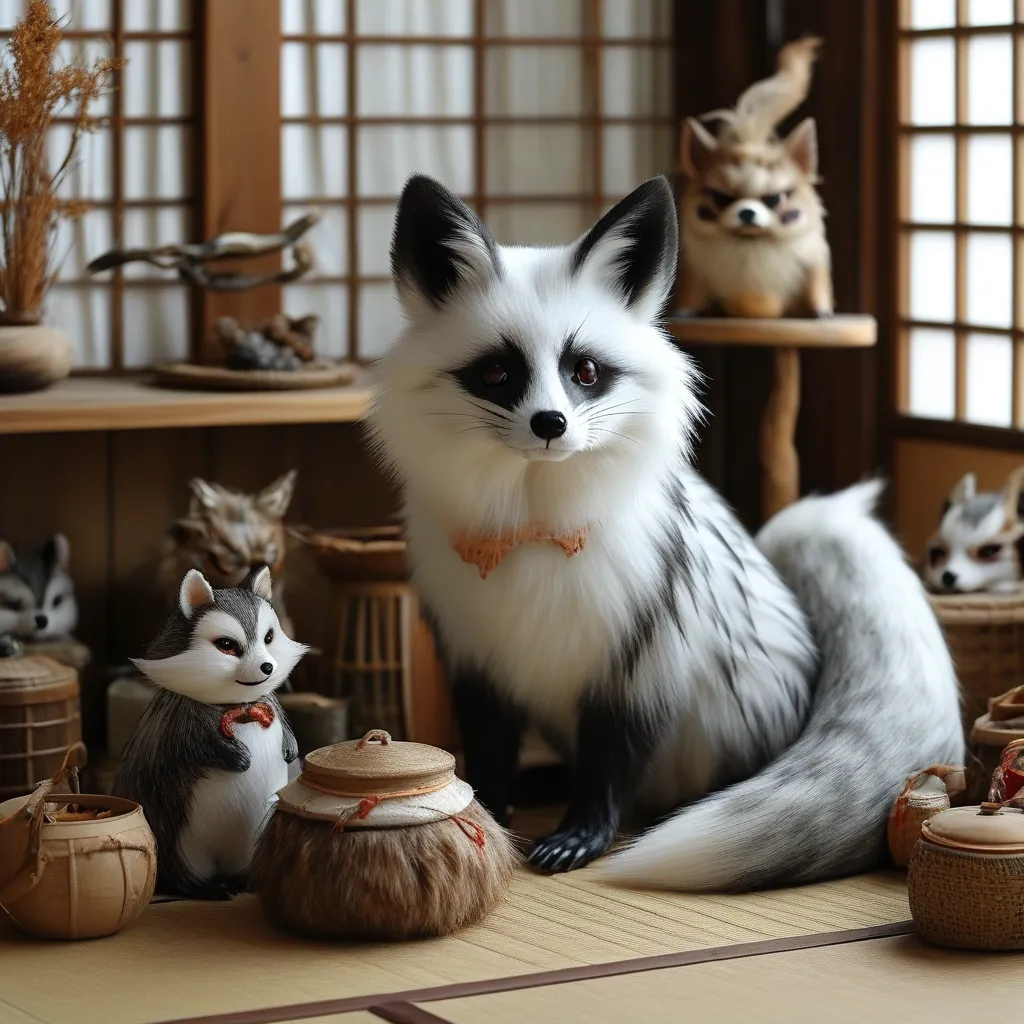
"Hozuki's Coolheadedness Season 2" continues the darkly comedic exploration of the underworld that fans came to love in the first season. The series masterfully blends dark humor with sharp satire, using the mythical realm of the afterlife as a canvas to comment on modern life and traditional Japanese culture. This unique comedic style is a significant part of what makes "Hozuki's Coolheadedness" stand out in the crowded landscape of anime, and Season 2 not only maintains this humor but builds upon it with even more nuanced and clever commentary.
The dark humor in "Hozuki's Coolheadedness" is not merely for shock value; it is intricately tied to the show’s broader satirical goals. By setting the series in the underworld, the creators have the freedom to play with themes of death, punishment, and the afterlife in ways that would be taboo in a more conventional setting. This allows the series to tackle real-world issues and cultural norms through a lens of exaggerated absurdity, making the humor both biting and thought-provoking. Season 2, in particular, excels at this, using Hozuki’s interactions with various characters to highlight the ridiculousness of bureaucracy, the quirks of human nature, and the contradictions within societal expectations.
One of the key elements of humor in Season 2 is its continued use of satire to critique aspects of modern life. For example, the series often draws parallels between the bureaucratic inefficiencies of the underworld and those of contemporary workplaces, using Hozuki's coolheaded management style as a counterpoint to the chaos that surrounds him. This not only makes for great comedy but also offers viewers a humorous reflection on their own experiences with corporate culture and the often absurd demands of modern jobs. The satire is sharp, yet never feels heavy-handed, thanks to the show’s skillful balance of humor and commentary.
In addition to modern life, "Hozuki's Coolheadedness" also satirizes traditional Japanese culture and mythology. The series reinterprets well-known figures from Japanese folklore, such as King Enma and the various oni, in ways that are both irreverent and endearing. Season 2 continues this trend, introducing new mythological characters and placing them in situations that reveal the humorous side of their traditionally fearsome reputations. For instance, the depiction of King Enma as a somewhat bumbling figure who relies heavily on Hozuki for guidance subverts the typical image of a fearsome ruler, turning him into a source of comedy and charm. This playful approach to folklore not only makes the series more accessible to a modern audience but also adds depth to the humor by grounding it in cultural references.
The comedy in Season 2 is further enhanced by the series’ ability to build on the humor established in the first season. The returning characters, who are already familiar to the audience, provide a solid foundation for new jokes and comedic situations. The show’s writers cleverly expand on running gags and character dynamics, ensuring that the humor feels fresh while still paying homage to the elements that made the first season so beloved. For example, Hozuki's deadpan reactions to the chaos around him continue to be a source of hilarity, but Season 2 also introduces new challenges that test his composure in unexpected ways, leading to some of the series’ funniest moments.
Some standout comedic moments in Season 2 include Hozuki’s attempts to manage the increasingly absurd demands of the underworld’s denizens, as well as his interactions with new characters who bring their own brand of chaos to the mix. These scenes capture the essence of "Hozuki's Coolheadedness"—a show that thrives on the juxtaposition of the mundane and the supernatural, the serious and the absurd. Whether it's a meeting that spirals out of control due to the antics of mischievous spirits or a satire of a traditional Japanese festival reimagined in the underworld, the humor in Season 2 is as sharp and engaging as ever.
In conclusion, "Hozuki's Coolheadedness Season 2" continues to deliver the dark humor and satire that made the first season a hit. By skillfully blending modern commentary with traditional folklore, the series offers a unique comedic experience that resonates with both fans of Japanese culture and those who appreciate clever, character-driven humor. The evolution of the humor in Season 2 ensures that the series remains fresh and relevant, making it a must-watch for anyone who enjoys a good laugh with a side of sharp social critique.
Visuals and Animation Quality in Hozuki's Coolheadedness Season 2
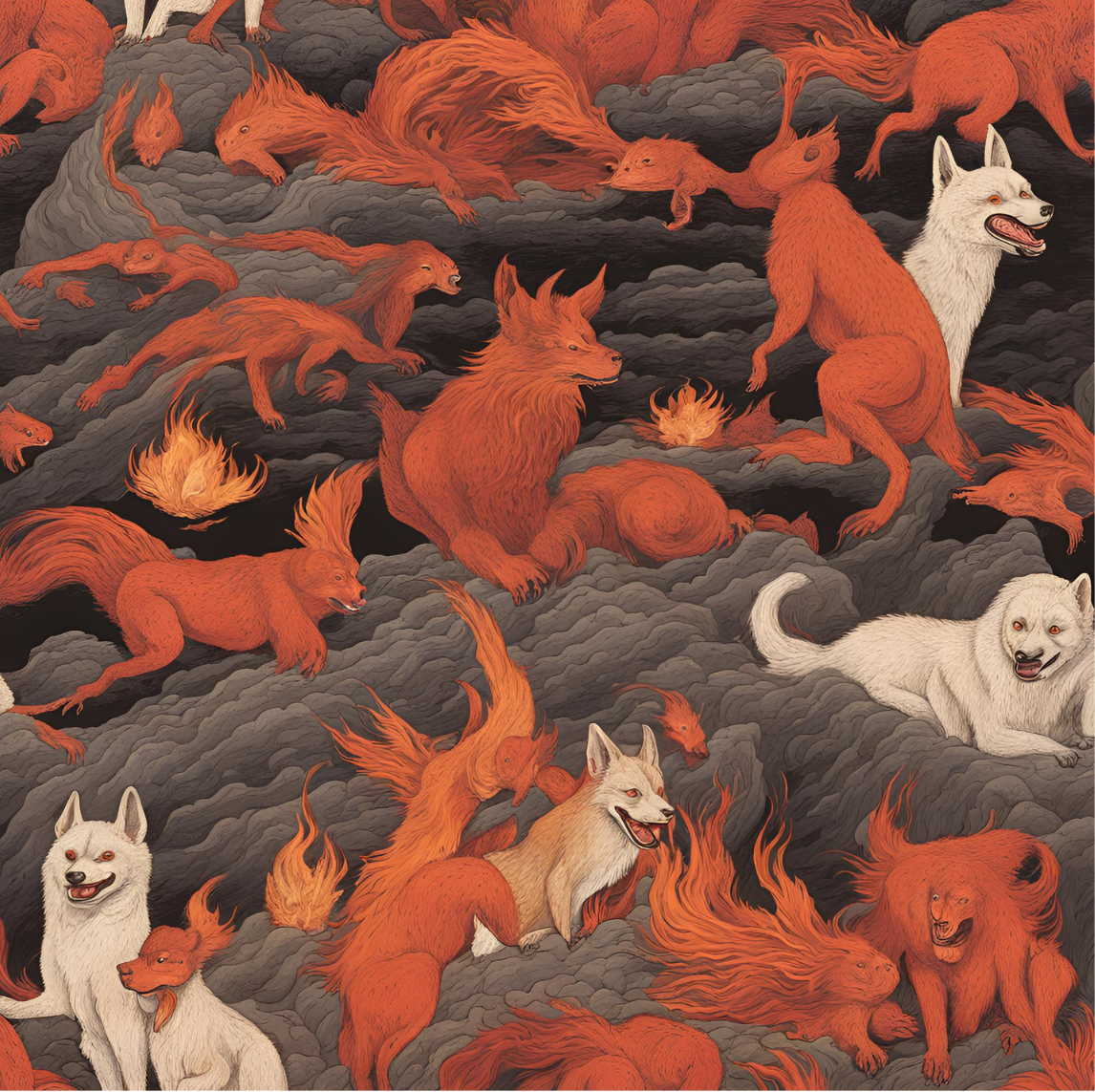
"Hozuki's Coolheadedness Season 2" continues to impress with its distinctive visual style, which plays a crucial role in bringing the unique world of the underworld to life. The anime’s character designs, vibrant color palette, and meticulous attention to detail all contribute to creating an atmosphere that is both darkly humorous and visually captivating. The series builds on the strong visual foundation established in the first season while introducing subtle improvements that enhance the overall viewing experience.
One of the most striking aspects of "Hozuki's Coolheadedness" is its character design. The series features a wide range of characters, each with distinct and memorable appearances that reflect their personalities and roles within the story. Hozuki himself, with his stern expression and traditional Japanese attire, stands out as a figure of authority and calm amidst the chaos of the underworld. The character designs are a blend of traditional Japanese aesthetics and modern anime sensibilities, creating a visual style that feels both familiar and fresh. This balance allows the series to appeal to fans of Japanese folklore while also attracting viewers who appreciate contemporary anime art.
The vibrant depictions of the underworld are another highlight of the series' visual style. The anime's color palette is both bold and varied, with deep reds, dark purples, and striking blacks dominating the scenes set in the underworld. These colors are often contrasted with brighter, more playful hues during comedic moments, reflecting the show's ability to switch between dark humor and lighthearted satire. The use of color is not just for aesthetic purposes; it also helps to set the tone of each scene, guiding the viewer's emotional response to the unfolding story. The careful attention to color and design makes the underworld in "Hozuki's Coolheadedness" feel like a living, breathing place—one that is as intriguing as it is otherworldly.
In terms of animation quality, "Hozuki's Coolheadedness Season 2" maintains the high standards set by the first season, with some notable improvements. The animation is smooth and fluid, particularly during scenes that require intricate movement or expressions. The show's use of dynamic camera angles and quick cuts adds energy to the more action-packed moments, while slower, more deliberate pacing is used to emphasize the dry humor and witty exchanges that are the series' hallmark. The animation style supports the storytelling, ensuring that both the comedic timing and the atmospheric tension are delivered effectively.
One area where the second season has shown improvement is in the depiction of the underworld’s vast and varied environments. While the first season established the general look and feel of the underworld, Season 2 expands on this with more detailed backgrounds and a greater variety of settings. From the bureaucratic offices where Hozuki oversees the afterlife's operations to the sprawling, hellish landscapes where the souls of the damned reside, the second season adds depth to the world-building through its enhanced visual storytelling. The backgrounds are rich with detail, often filled with subtle visual jokes and references that reward attentive viewers.
The animation also plays a key role in conveying the show's unique blend of dark humor and satire. The exaggerated facial expressions, particularly those of the more comedic characters, add an extra layer of humor to the dialogue. Hozuki's deadpan delivery is often contrasted with the more animated reactions of those around him, creating a visual comedy that complements the verbal wit. The animation team skillfully uses visual gags and timing to enhance the humor, making the series not just funny to listen to, but also to watch.
Overall, the visuals and animation quality in "Hozuki's Coolheadedness Season 2" are integral to the series' success. The distinctive art style, coupled with improved animation and richer world-building, makes the second season a visual treat for fans of the show. Whether it’s the detailed character designs, the vibrant and atmospheric depictions of the underworld, or the dynamic animation that brings the darkly comedic story to life, "Hozuki's Coolheadedness Season 2" stands out as a visually compelling continuation of a beloved series. These elements combine to create an anime that is not only enjoyable to watch but also rich in visual artistry, making it a must-see for fans of both comedy and folklore.
Reception and Cultural Impact of Hozuki's Coolheadedness Season 2
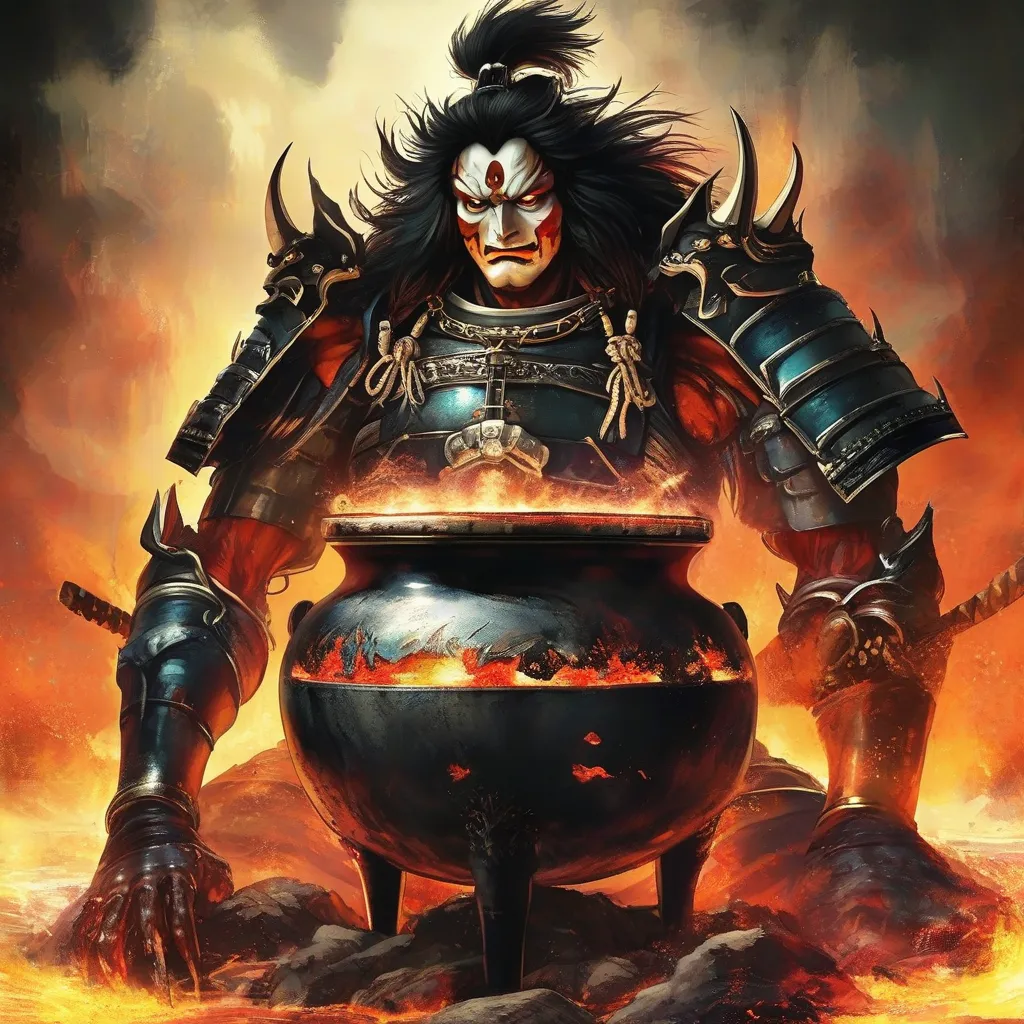
"Hozuki's Coolheadedness Season 2" was met with widespread acclaim from both fans and critics alike, solidifying its place as a standout in the genre of dark comedy within anime. The series successfully builds on the foundation laid by its first season, continuing to deliver its signature blend of dry humor, satirical commentary, and a unique take on Japanese mythology. This combination has resonated deeply with its audience, making the series a favorite among those who appreciate clever, culturally enriched storytelling.
The reception of "Hozuki's Coolheadedness Season 2" can be attributed to its consistency in maintaining the quality that fans loved in the first season. The show's ability to balance humor with insightful commentary on various aspects of life—through the lens of the underworld—has been particularly praised. Fans of the series appreciate how the second season continues to explore the everyday workings of Hell, led by the ever-cool and efficient Hozuki. The humor, often rooted in wordplay and cultural references, remains sharp and engaging, providing a refreshing alternative to the more mainstream comedic anime.
Critically, the series has been recognized for its distinct approach to dark comedy. The way "Hozuki's Coolheadedness" intertwines traditional Japanese folklore with modern-day satire has been highlighted as one of its greatest strengths. This unique fusion not only entertains but also educates viewers about various elements of Japanese culture, mythology, and religious beliefs. Critics have noted that the series’ intelligent humor and cultural depth elevate it beyond mere entertainment, making it a work that can be appreciated on multiple levels.
In terms of awards and recognitions, "Hozuki's Coolheadedness" has garnered attention within the anime community for its exceptional writing, character development, and animation quality. While the series may not have swept the more mainstream anime awards, it has earned a loyal following and critical acclaim within niche circles that appreciate its blend of humor and cultural commentary. The show’s ability to stay true to its unique style while expanding on its universe in the second season has been commended as a key factor in its success.
The cultural impact of "Hozuki's Coolheadedness Season 2" extends beyond its comedic value. By drawing heavily on Japanese mythology and religious concepts, the series serves as a bridge between traditional cultural elements and modern entertainment. For Japanese audiences, the show’s depiction of well-known mythological figures and settings offers a familiar yet humorous twist on their cultural heritage. The series has also sparked interest in these cultural elements among international viewers, many of whom may be unfamiliar with the intricacies of Japanese folklore. This cross-cultural appeal has helped "Hozuki's Coolheadedness" reach a broader audience, making it a significant contributor to the global appreciation of Japanese mythology.
Internationally, "Hozuki's Coolheadedness Season 2" has been particularly well-received for its ability to make culturally specific humor accessible to a non-Japanese audience. Subtle cultural references and wordplay, which could easily be lost in translation, have been effectively conveyed through careful localization efforts. This attention to detail has allowed the series to maintain its original charm while being understandable and enjoyable to a global audience. The show’s success in international markets is a testament to its universal themes of humor, authority, and the absurdities of life—concepts that resonate across cultures.
Moreover, "Hozuki's Coolheadedness" has influenced the genre of dark comedy within anime by demonstrating that humor rooted in cultural and mythological context can be both entertaining and educational. The series has set a precedent for future anime that seek to blend traditional cultural elements with modern storytelling techniques. Its impact can be seen in the increasing number of anime that explore similar themes, using humor to delve into cultural and historical topics in a way that is engaging for contemporary audiences.
In conclusion, "Hozuki's Coolheadedness Season 2" has left a lasting mark on the anime industry, particularly within the genre of dark comedy. Its reception among fans and critics alike speaks to its quality and the effectiveness of its unique blend of humor, mythology, and satire. The series has not only entertained but also contributed to a greater understanding and appreciation of Japanese culture, both domestically and internationally. As a result, "Hozuki's Coolheadedness" continues to be celebrated as a culturally significant and highly entertaining work within the anime community.
